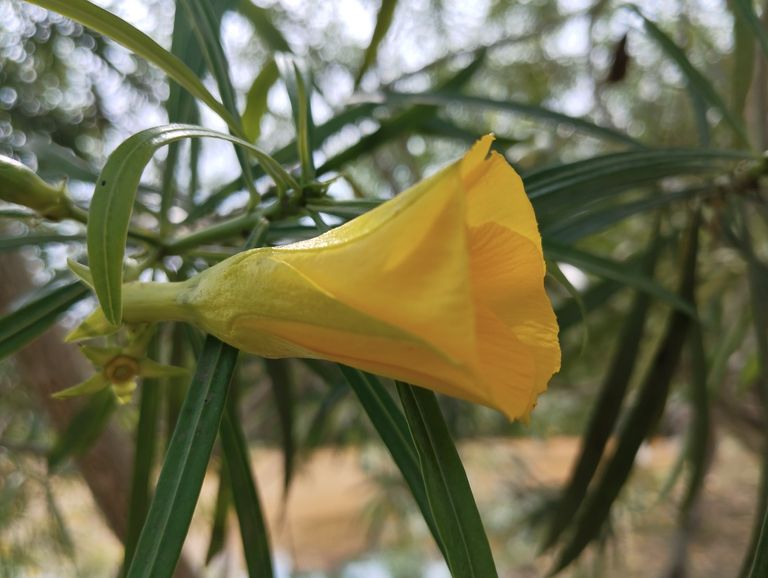
Calotropis Flower Photography Capturing the Beauty of the Crown Flower.
Calotropis, commonly known as the Crown Flower, is a beautiful and unique plant that has fascinated photographers and nature lovers for centuries. With its delicate star-shaped flowers and milky-white or purple hues, this plant holds a special place in both ecological and cultural contexts. In this blog, we will explore the art of Calotropis flower photography, including tips, techniques, and the best conditions to capture its stunning beauty.
- Understanding the Calotropis Flower
Botanical Features
Calotropis belongs to the Apocynaceae family and is native to South Asia, Africa, and the Mediterranean region. The two main species are:
Calotropis gigantea (Giant Milkweed): Has large, purple-lavender flowers.
Calotropis procera (Apple of Sodom): Produces smaller, whitish flowers.
The flowers bloom in clusters, forming a crown-like shape, which is why they are often called the "Crown Flower." The plant exudes a milky latex when broken, which is toxic but has medicinal properties.
Cultural and Symbolic Importance
In Hindu mythology, Calotropis flowers are sacred to Lord Shiva and are used in religious offerings.
They symbolize resilience and survival, as they thrive in harsh, arid conditions.
In some cultures, they are associated with protection and healing.
Understanding these aspects can help a photographer bring out the flower's deeper meaning in their shots.
- Best Conditions for Calotropis Photography
Ideal Time and Weather
Golden Hour: Early morning or late afternoon provides soft, diffused light, reducing harsh shadows.
Overcast Days: Cloudy weather enhances colors without excessive contrast.
After Rain: Fresh droplets on the petals create a stunning visual effect.
Location Selection
Calotropis plants are often found in:
Open fields and roadsides
Dry, sandy areas
Gardens and temple premises
Scout locations in advance to find the best natural backdrops.
- Essential Gear for Calotropis Flower Photography
Camera and Lenses
DSLR or Mirrorless Camera: Provides manual settings for better control.
Macro Lens (50mm - 100mm): Captures intricate petal textures.
Telephoto Lens (70-200mm): Useful for isolating the flower from its background.
Accessories
Tripod: Helps in stabilizing shots, especially for close-ups.
Reflector: Enhances lighting on dull days.
Polarizing Filter: Reduces glare and enhances color depth.
For mobile photography, a smartphone with a high-quality macro mode or an external macro lens attachment works well.
- Photography Techniques for Stunning Shots
A. Composition and Framing
- Rule of Thirds: Place the flower slightly off-center for a balanced composition.
- Close-Up Shots: Highlight the intricate details of petals and stamens.
- Negative Space: Use a blurred background to emphasize the flower.
B. Depth of Field (DoF) and Focus
Use wide aperture (f/2.8 - f/5.6) to create a dreamy bokeh effect.
Selective focus on the flower’s crown enhances its sharpness and detail.
C. Lighting Tricks
Backlighting: Enhances petal translucency for a glowing effect.
Side Lighting: Brings out depth and texture.
Soft Diffused Light: Avoids harsh shadows and enhances color accuracy.
D. Experimenting with Angles
Low Angle: Captures the flower against the sky, adding depth.
Top-Down View: Highlights the symmetrical structure.
Macro Perspective: Showcases the flower’s velvety texture.
- Post-Processing Tips for Enhancing Your Shots
Editing Software
Adobe Lightroom: Adjust brightness, contrast, and saturation.
Photoshop: Remove distractions and refine details.
Snapseed (for Mobile): Offers professional-level adjustments.
Enhancement Techniques
Increase sharpness for detailed textures.
Adjust white balance to bring out natural hues.
Use vignette effects to create a focused look.
- Creative Ideas for Calotropis Photography
A. Wildlife Interaction
Capture butterflies, bees, or other pollinators interacting with the flowers to add life to your shots.
B. Black and White Photography
Emphasize texture and form by converting images into monochrome.
C. Dew and Rain Droplets
Shoot early in the morning or after rain to capture glistening droplets on the petals.
D. Time-Lapse Photography
Document the blooming process to showcase nature’s beauty over time.
- Showcasing and Sharing Your Work
A. Social Media and Online Galleries
Instagram, Flickr, and Pinterest are great platforms to share macro photography.
Use relevant hashtags like #Calotropis #CrownFlower #MacroPhotography for better reach.
B. Prints and Exhibitions
Consider printing your best shots on canvas or glossy paper for artistic displays.
Participate in nature photography contests and exhibitions.
C. Nature Blogging and Stock Photography
Upload your images to Unsplash, Shutterstock, or Adobe Stock for commercial use.
Start a nature photography blog to share tips and experiences.
Conclusion
Calotropis flower photography is a rewarding experience for both amateur and professional photographers. With the right techniques, lighting, and composition, you can capture the intricate beauty of this stunning flower. Whether you’re shooting with a DSLR or a smartphone, experimenting with angles and creative effects can make your images truly stand out.
So, grab your camera, find a blooming Calotropis, and start capturing nature’s crown jewel. Would you like me to add more details or refine any section.
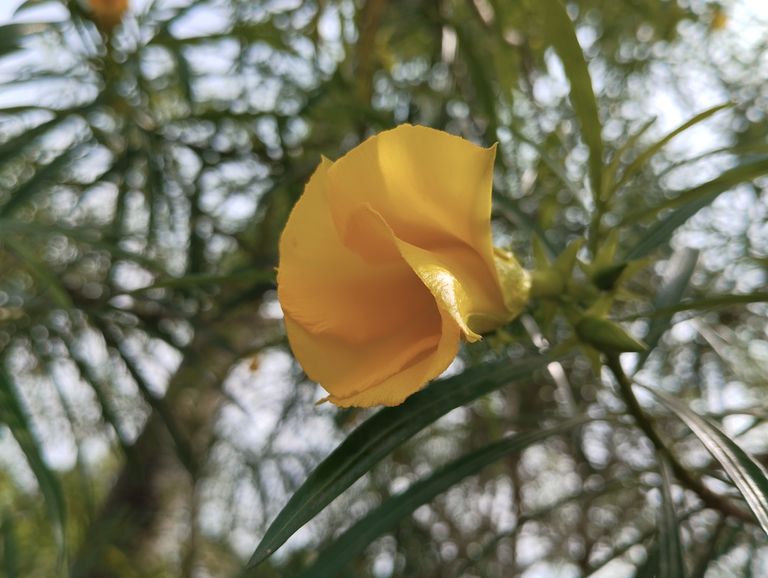
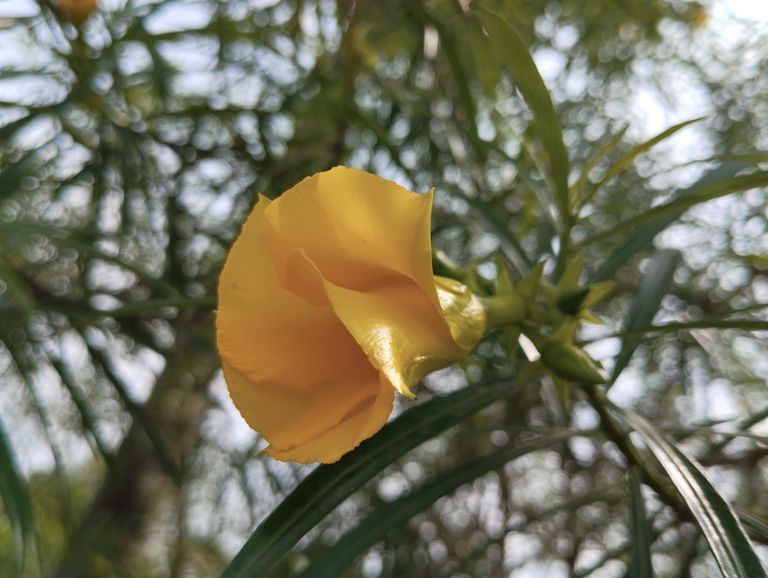
Cultivation of Kolke Flower (Morning Glory)
The Kolke flower, commonly known as Morning Glory, is a beautiful and fast-growing vine that blooms with vibrant flowers. It belongs to the Convolvulaceae family and is widely cultivated in gardens, balconies, and fences. This blog will guide you through the process of growing Kolke flowers, their care requirements, and benefits.
- Introduction to Kolke Flower (Morning Glory)
Scientific Classification
Common Name: Morning Glory
Scientific Name: Ipomoea species
Family: Convolvulaceae
Native Regions: Tropical and subtropical regions of the world
Flower Colors: Blue, purple, pink, white, and red
Growth Habit: Climbing vine with heart-shaped leaves
Kolke flowers bloom in the morning and close by afternoon, giving them their common name, "Morning Glory." They are popular in ornamental gardening due to their attractive flowers and ability to cover fences, walls, and trellises.
- Ideal Growing Conditions for Kolke Flower
To ensure healthy growth and abundant flowering, follow these guidelines:
a. Climate and Temperature
Morning Glory thrives in warm and tropical climates.
The ideal temperature for growth is between 20°C to 30°C.
It prefers full sunlight for at least 5-6 hours daily.
b. Soil Requirements
Prefers well-drained, sandy loam soil with a pH between 6.0 to 7.5.
Adding organic compost enhances soil fertility and flower production.
c. Watering Needs
Requires moderate watering; avoid overwatering as it can cause root rot.
During the hot season, water the plants every 2-3 days.
- Propagation of Kolke Flower
Morning Glory is commonly propagated through seeds and sometimes through stem cuttings.
a. Growing from Seeds
- Seed Preparation:
Soak the seeds in warm water for 6-12 hours before planting.
This helps soften the hard seed coat and speeds up germination.
- Planting:
Sow the seeds 1-2 cm deep in well-prepared soil.
Maintain a spacing of 6-12 inches between plants.
- Germination:
Seeds start germinating within 7-14 days under optimal conditions.
b. Propagation by Stem Cuttings
Take 6-8 inch cuttings from a healthy plant.
Plant the cuttings in moist soil and keep them in partial shade.
Roots develop within 2-3 weeks.
- Care and Maintenance
a. Pruning
Regular pruning helps maintain a bushy and compact growth.
Remove dead or diseased leaves to promote better flowering.
b. Fertilization
Apply a balanced fertilizer (10-10-10 NPK) once a month.
Organic fertilizers like compost or cow dung manure improve soil nutrients.
c. Pest and Disease Control
Common Pests: Aphids, whiteflies, and spider mites.
Solution: Use organic neem oil spray or insecticidal soap.
Diseases: Powdery mildew and root rot (caused by overwatering).
- Benefits of Growing Kolke Flower
a. Ornamental Value
Adds beauty to gardens, balconies, and fences.
Creates a natural green curtain when grown on trellises.
b. Environmental Benefits
Attracts pollinators like bees and butterflies.
Helps reduce air pollution by absorbing carbon dioxide.
c. Medicinal Uses
Some Ipomoea species have traditional medicinal applications.
Used in Ayurveda for treating digestive and respiratory issues.
- Harvesting and Seed Collection
Morning Glory flowers produce seeds in small pods after blooming.
Once the pods turn brown and dry, collect them for future planting.
Store seeds in a cool, dry place for better germination next season.
- Conclusion
Kolke flowers (Morning Glory) are an easy-to-grow and rewarding plant for home gardens. By providing proper sunlight, well-drained soil, and moderate watering, you can enjoy a beautiful display of flowers throughout the season. Whether for ornamental or environmental benefits, cultivating Kolke flowers is a great choice for any garden enthusiast.
Would you like more tips on flower gardening? Let me know in the comments! Happy gardening!
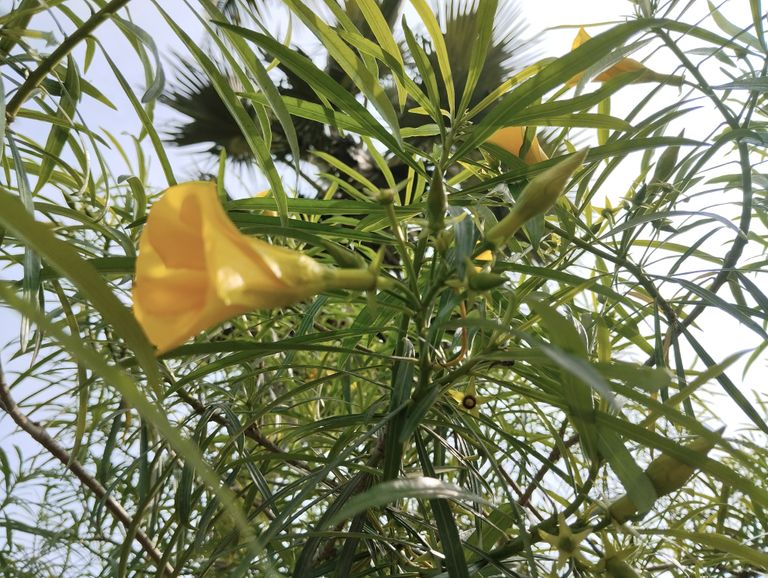

Cultivation of Kolke Flower (Morning Glory)
The Kolke flower, commonly known as Morning Glory, is a beautiful and fast-growing vine that blooms with vibrant flowers. It belongs to the Convolvulaceae family and is widely cultivated in gardens, balconies, and fences. This blog will guide you through the process of growing Kolke flowers, their care requirements, and benefits.
- Introduction to Kolke Flower (Morning Glory)
Scientific Classification
Common Name: Morning Glory
Scientific Name: Ipomoea species
Family: Convolvulaceae
Native Regions: Tropical and subtropical regions of the world
Flower Colors: Blue, purple, pink, white, and red
Growth Habit: Climbing vine with heart-shaped leaves
Kolke flowers bloom in the morning and close by afternoon, giving them their common name, "Morning Glory." They are popular in ornamental gardening due to their attractive flowers and ability to cover fences, walls, and trellises.
- Ideal Growing Conditions for Kolke Flower
To ensure healthy growth and abundant flowering, follow these guidelines:
a. Climate and Temperature
Morning Glory thrives in warm and tropical climates.
The ideal temperature for growth is between 20°C to 30°C.
It prefers full sunlight for at least 5-6 hours daily.
b. Soil Requirements
Prefers well-drained, sandy loam soil with a pH between 6.0 to 7.5.
Adding organic compost enhances soil fertility and flower production.
c. Watering Needs
Requires moderate watering; avoid overwatering as it can cause root rot.
During the hot season, water the plants every 2-3 days.
- Propagation of Kolke Flower
Morning Glory is commonly propagated through seeds and sometimes through stem cuttings.
a. Growing from Seeds
- Seed Preparation:
Soak the seeds in warm water for 6-12 hours before planting.
This helps soften the hard seed coat and speeds up germination.
- Planting:
Sow the seeds 1-2 cm deep in well-prepared soil.
Maintain a spacing of 6-12 inches between plants.
- Germination:
Seeds start germinating within 7-14 days under optimal conditions.
b. Propagation by Stem Cuttings
Take 6-8 inch cuttings from a healthy plant.
Plant the cuttings in moist soil and keep them in partial shade.
Roots develop within 2-3 weeks.
- Care and Maintenance
a. Pruning
Regular pruning helps maintain a bushy and compact growth.
Remove dead or diseased leaves to promote better flowering.
b. Fertilization
Apply a balanced fertilizer (10-10-10 NPK) once a month.
Organic fertilizers like compost or cow dung manure improve soil nutrients.
c. Pest and Disease Control
Common Pests: Aphids, whiteflies, and spider mites.
Solution: Use organic neem oil spray or insecticidal soap.
Diseases: Powdery mildew and root rot (caused by overwatering).
- Benefits of Growing Kolke Flower
a. Ornamental Value
Adds beauty to gardens, balconies, and fences.
Creates a natural green curtain when grown on trellises.
b. Environmental Benefits
Attracts pollinators like bees and butterflies.
Helps reduce air pollution by absorbing carbon dioxide.
c. Medicinal Uses
Some Ipomoea species have traditional medicinal applications.
Used in Ayurveda for treating digestive and respiratory issues.
- Harvesting and Seed Collection
Morning Glory flowers produce seeds in small pods after blooming.
Once the pods turn brown and dry, collect them for future planting.
Store seeds in a cool, dry place for better germination next season.
- Conclusion
Kolke flowers (Morning Glory) are an easy-to-grow and rewarding plant for home gardens. By providing proper sunlight, well-drained soil, and moderate watering, you can enjoy a beautiful display of flowers throughout the season. Whether for ornamental or environmental benefits, cultivating Kolke flowers is a great choice for any garden enthusiast.
Would you like more tips on flower gardening? Let me know in the comments! Happy gardening!
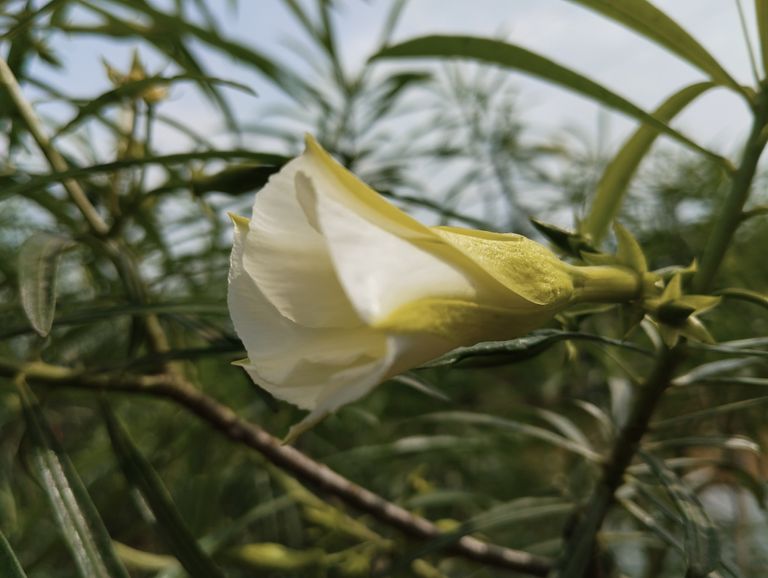
Cultivation of Kolke Flower (Morning Glory)
The Kolke flower, commonly known as Morning Glory, is a beautiful and fast-growing vine that blooms with vibrant flowers. It belongs to the Convolvulaceae family and is widely cultivated in gardens, balconies, and fences. This blog will guide you through the process of growing Kolke flowers, their care requirements, and benefits.
- Introduction to Kolke Flower (Morning Glory)
Scientific Classification
Common Name: Morning Glory
Scientific Name: Ipomoea species
Family: Convolvulaceae
Native Regions: Tropical and subtropical regions of the world
Flower Colors: Blue, purple, pink, white, and red
Growth Habit: Climbing vine with heart-shaped leaves
Kolke flowers bloom in the morning and close by afternoon, giving them their common name, "Morning Glory." They are popular in ornamental gardening due to their attractive flowers and ability to cover fences, walls, and trellises.
- Ideal Growing Conditions for Kolke Flower
To ensure healthy growth and abundant flowering, follow these guidelines:
a. Climate and Temperature
Morning Glory thrives in warm and tropical climates.
The ideal temperature for growth is between 20°C to 30°C.
It prefers full sunlight for at least 5-6 hours daily.
b. Soil Requirements
Prefers well-drained, sandy loam soil with a pH between 6.0 to 7.5.
Adding organic compost enhances soil fertility and flower production.
c. Watering Needs
Requires moderate watering; avoid overwatering as it can cause root rot.
During the hot season, water the plants every 2-3 days.
- Propagation of Kolke Flower
Morning Glory is commonly propagated through seeds and sometimes through stem cuttings.
a. Growing from Seeds
- Seed Preparation:
Soak the seeds in warm water for 6-12 hours before planting.
This helps soften the hard seed coat and speeds up germination.
- Planting:
Sow the seeds 1-2 cm deep in well-prepared soil.
Maintain a spacing of 6-12 inches between plants.
- Germination:
Seeds start germinating within 7-14 days under optimal conditions.
b. Propagation by Stem Cuttings
Take 6-8 inch cuttings from a healthy plant.
Plant the cuttings in moist soil and keep them in partial shade.
Roots develop within 2-3 weeks.
- Care and Maintenance
a. Pruning
Regular pruning helps maintain a bushy and compact growth.
Remove dead or diseased leaves to promote better flowering.
b. Fertilization
Apply a balanced fertilizer (10-10-10 NPK) once a month.
Organic fertilizers like compost or cow dung manure improve soil nutrients.
c. Pest and Disease Control
Common Pests: Aphids, whiteflies, and spider mites.
Solution: Use organic neem oil spray or insecticidal soap.
Diseases: Powdery mildew and root rot (caused by overwatering).
- Benefits of Growing Kolke Flower
a. Ornamental Value
Adds beauty to gardens, balconies, and fences.
Creates a natural green curtain when grown on trellises.
b. Environmental Benefits
Attracts pollinators like bees and butterflies.
Helps reduce air pollution by absorbing carbon dioxide.
c. Medicinal Uses
Some Ipomoea species have traditional medicinal applications.
Used in Ayurveda for treating digestive and respiratory issues.
- Harvesting and Seed Collection
Morning Glory flowers produce seeds in small pods after blooming.
Once the pods turn brown and dry, collect them for future planting.
Store seeds in a cool, dry place for better germination next season.
- Conclusion
Kolke flowers (Morning Glory) are an easy-to-grow and rewarding plant for home gardens. By providing proper sunlight, well-drained soil, and moderate watering, you can enjoy a beautiful display of flowers throughout the season. Whether for ornamental or environmental benefits, cultivating Kolke flowers is a great choice for any garden enthusiast. Would you like more tips on flower gardening? Let me know in the comments! Happy gardening.